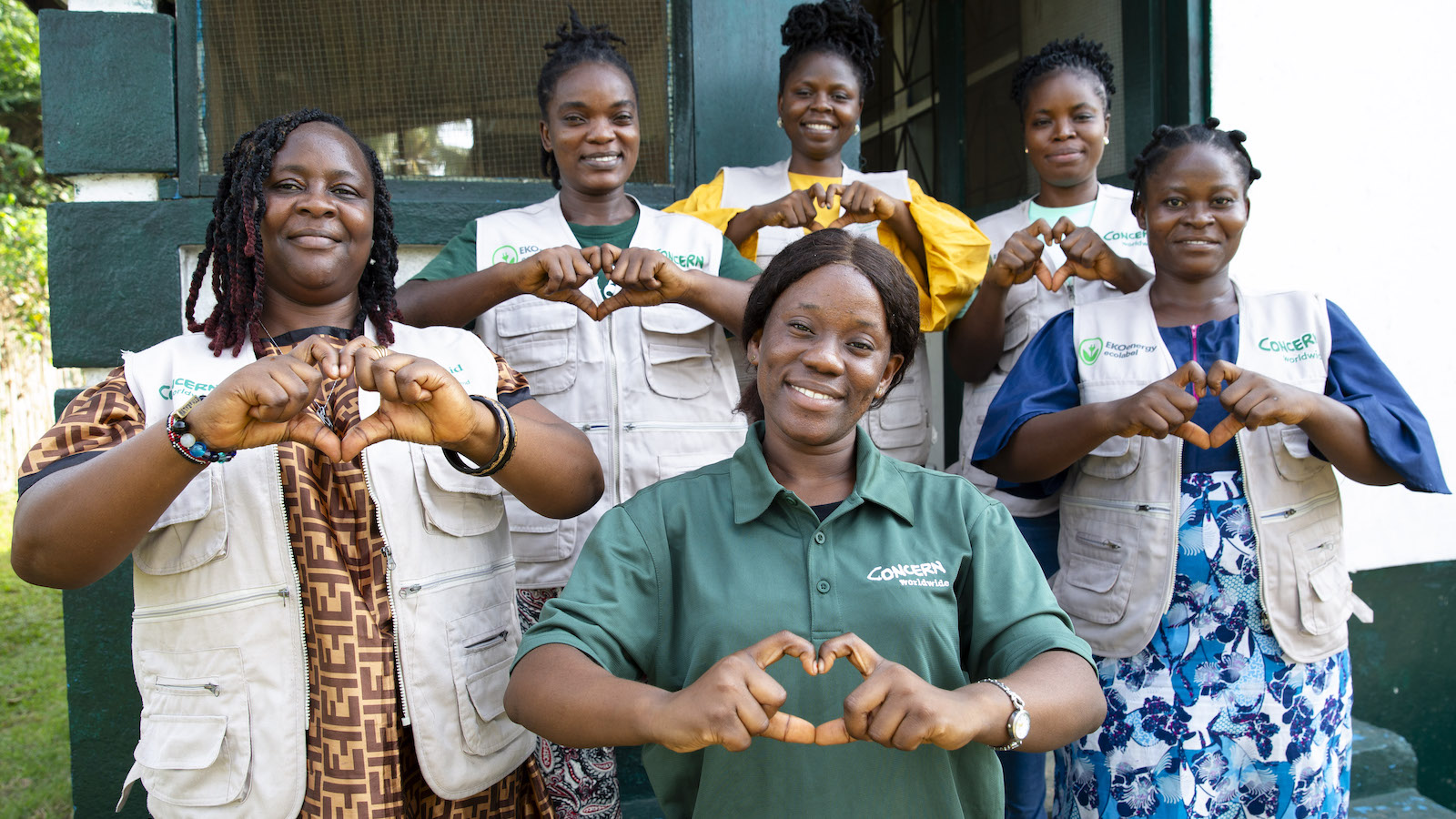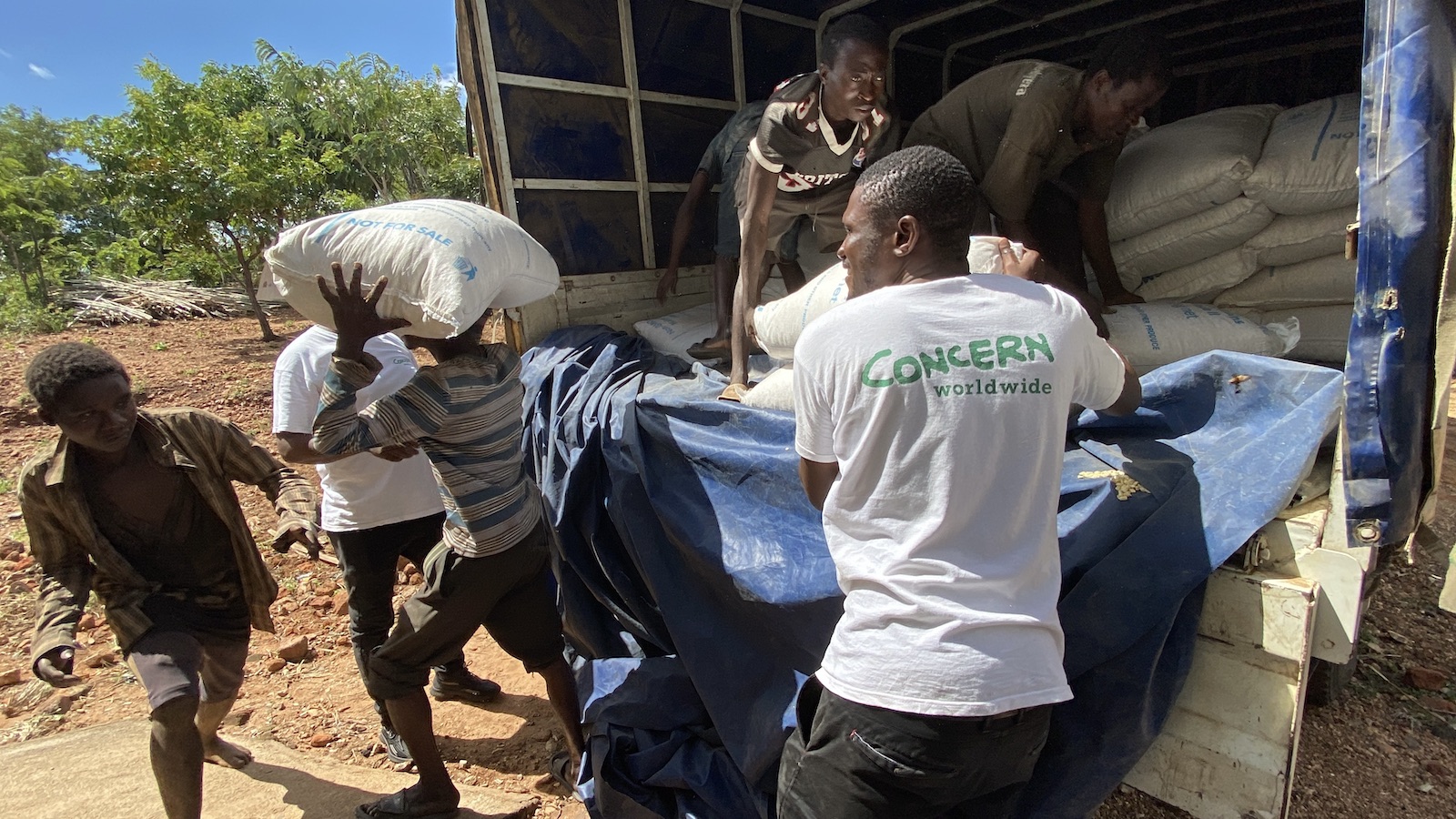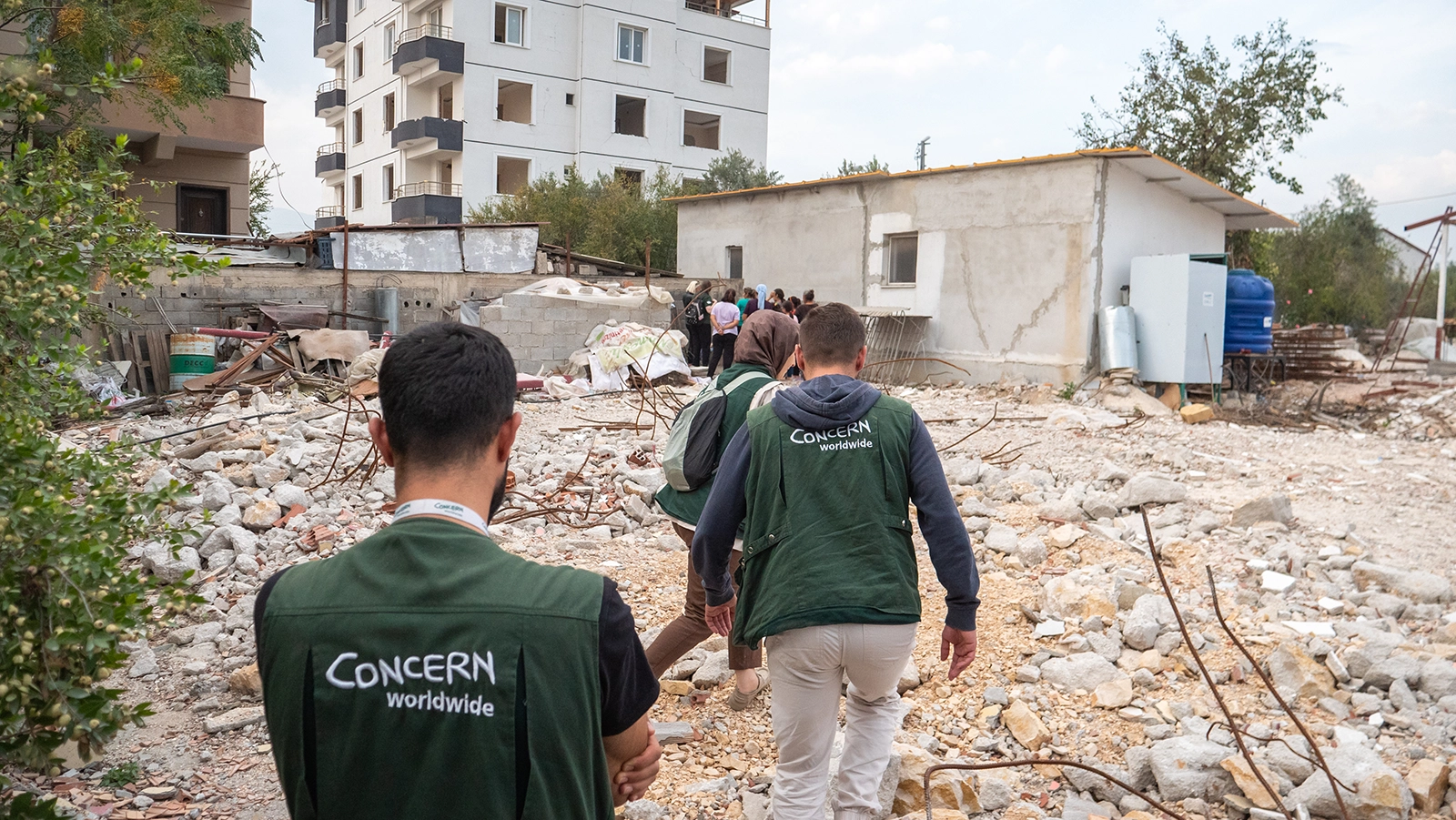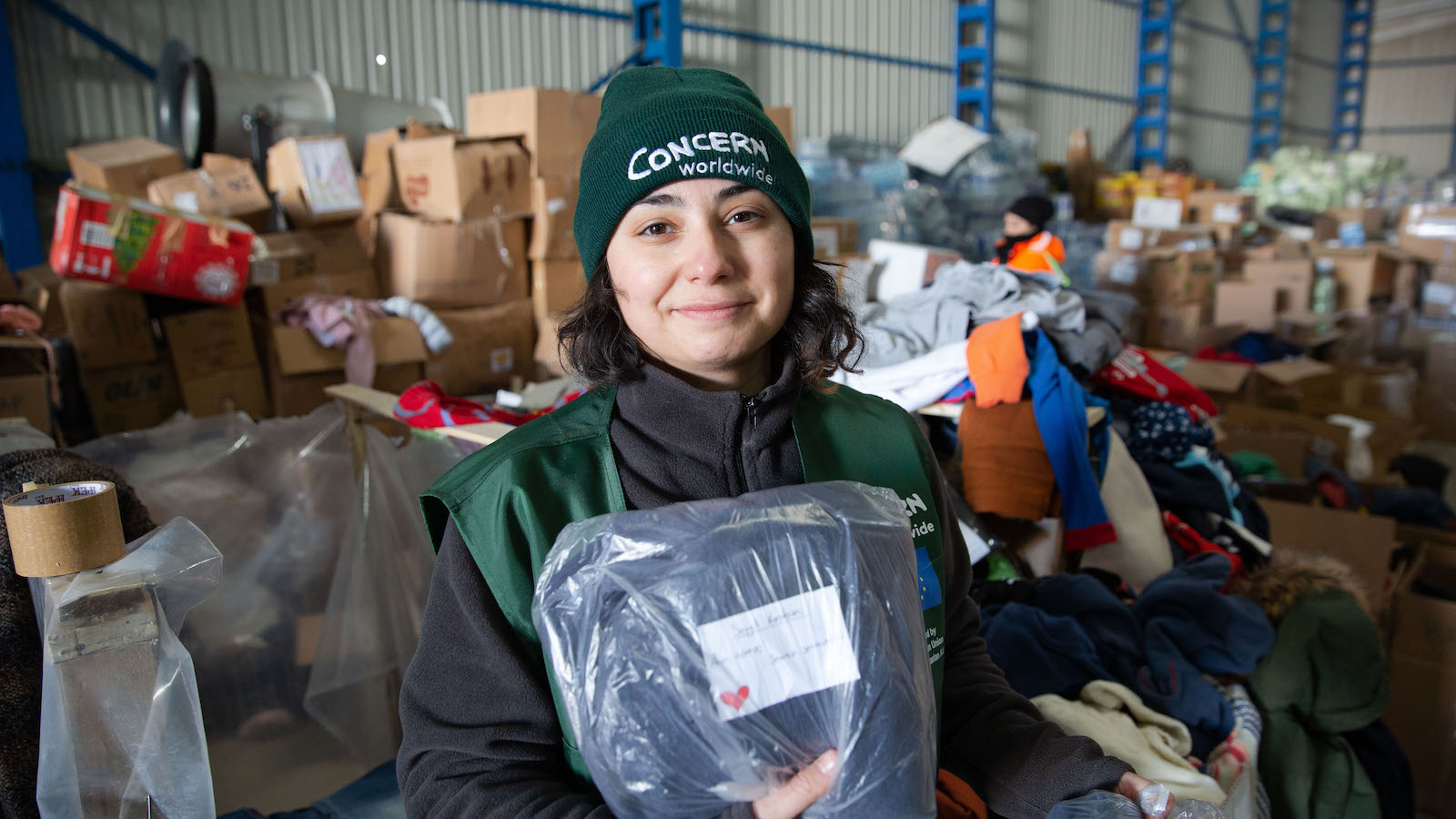Celebrated annually on August 19, World Humanitarian Day is an international day that honours humanitarian workers, particularly those who have died in the line of duty.
The international day was established in 2008, on the fifth anniversary of an attack on the Canal Hotel in Baghdad that killed 22 humanitarian workers. Here’s what you need to know about World Humanitarian Day 2025, including this year’s theme, how it ties into Concern’s work, and our commitment to our global team of humanitarians around the world.
What is the theme for World Humanitarian Day 2025?
This year’s theme is “Strengthening Global Solidarity and Empowering Local Communities.”
That’s a mouthful, but it represents a simple idea behind humanitarian aid: The international community must come together to support people who are affected by humanitarian crises, but do so in a way that works with local communities not merely as beneficiaries, but rather as active participants and leaders shaping their own futures.
Why do we have World Humanitarian Day?
Humanitarian workers are an integral part of the recovery process from emergencies both large and small, especially in low-income countries and in communities that have fewer resources to cope with these types of shocks.
World Humanitarian Day acknowledges the bravery, commitment, and contributions these professionals have made, particularly those who have made the ultimate sacrifice. In 2025, this is more important than ever, with attacks against aid workers on the rise. In 2024, 816 humanitarian workers were victims of attacks (including 383 who were killed). This is almost double the number of attacks recorded in 2018 (410), and triple the fatalities from that year.
“Ultimately, the lynchpin of our security is acceptance, so the people on the ground — that is, local communities, other agencies, government personnel, and all parties to conflict — know who we are and recognize the benefits that our presence brings,” Concern’s Humanitarian Ambassador Dominic MacSorley wrote in 2017. “This is the most effective way of minimizing any risks to staff. However, it is not always enough.”
We need more than acknowledgement, we need action.
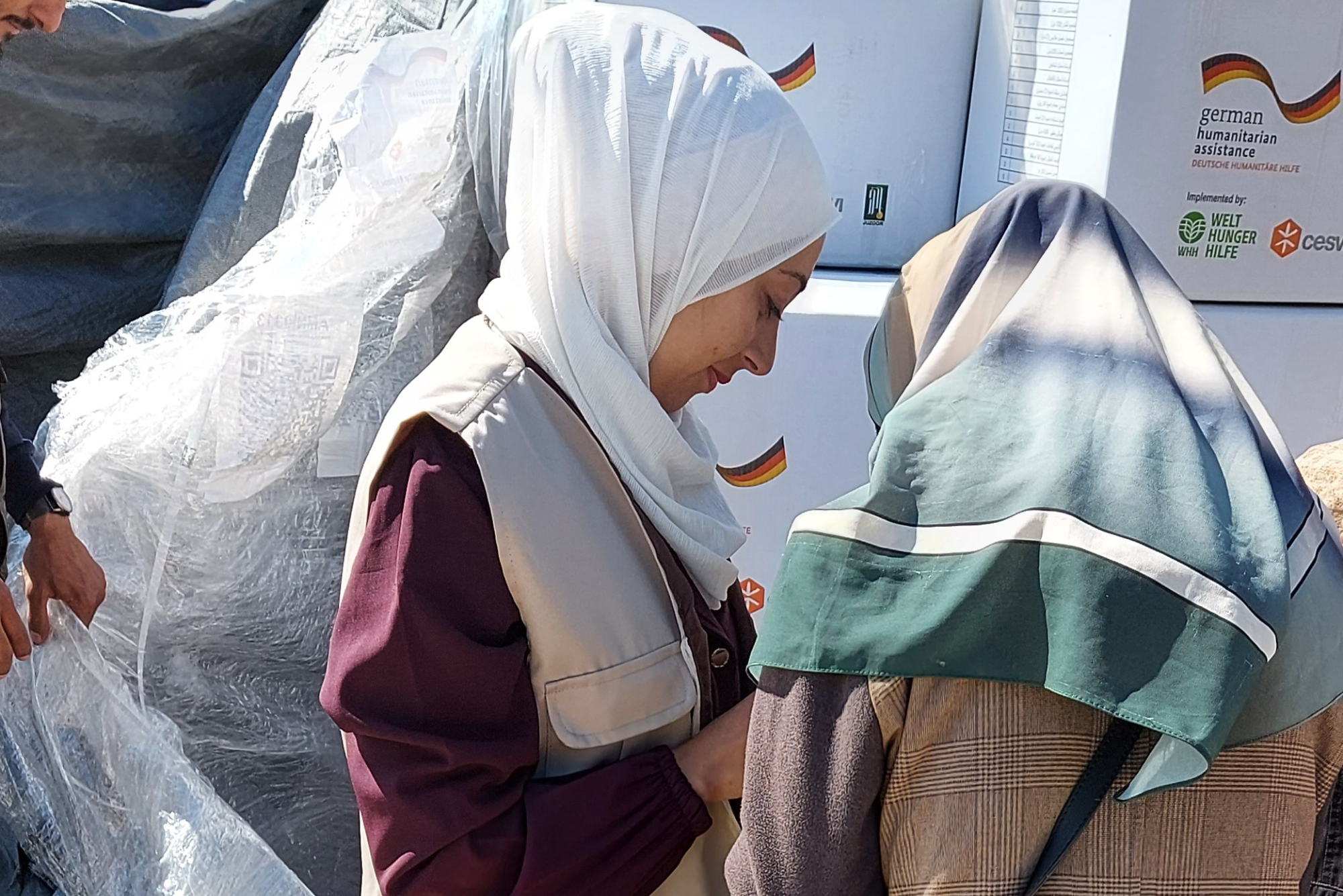
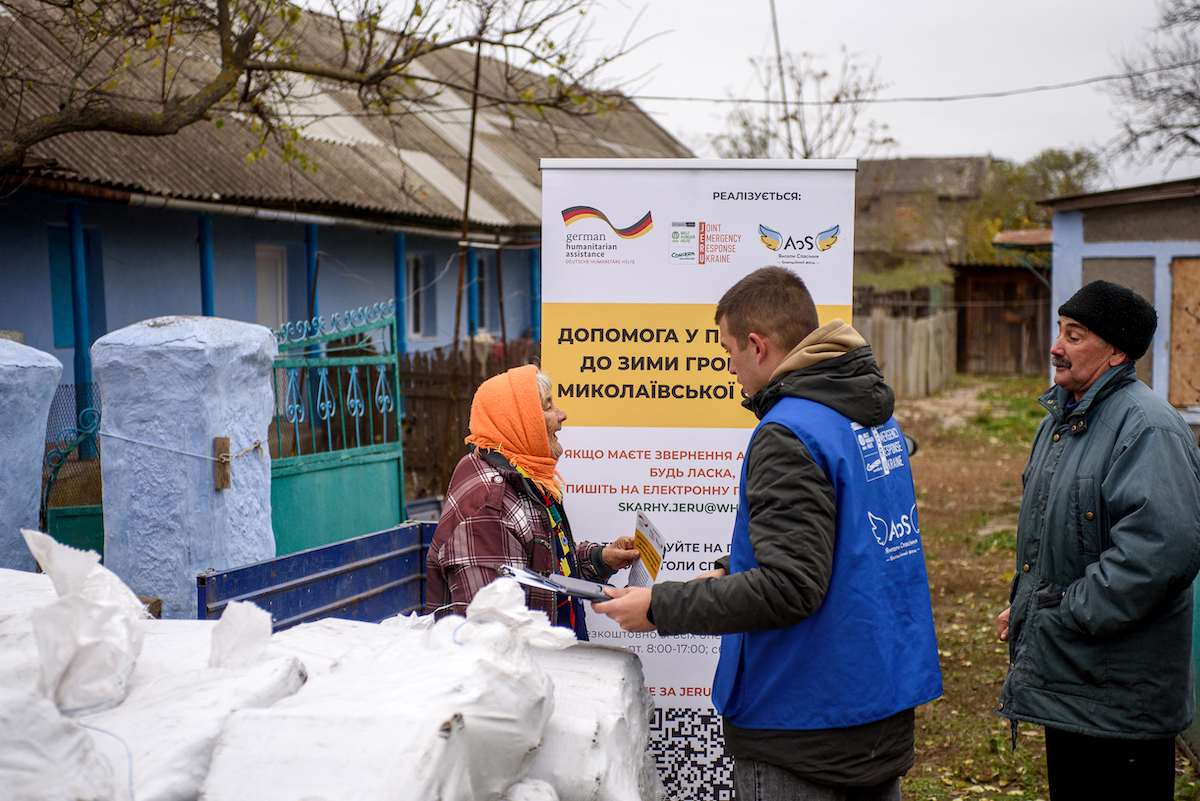
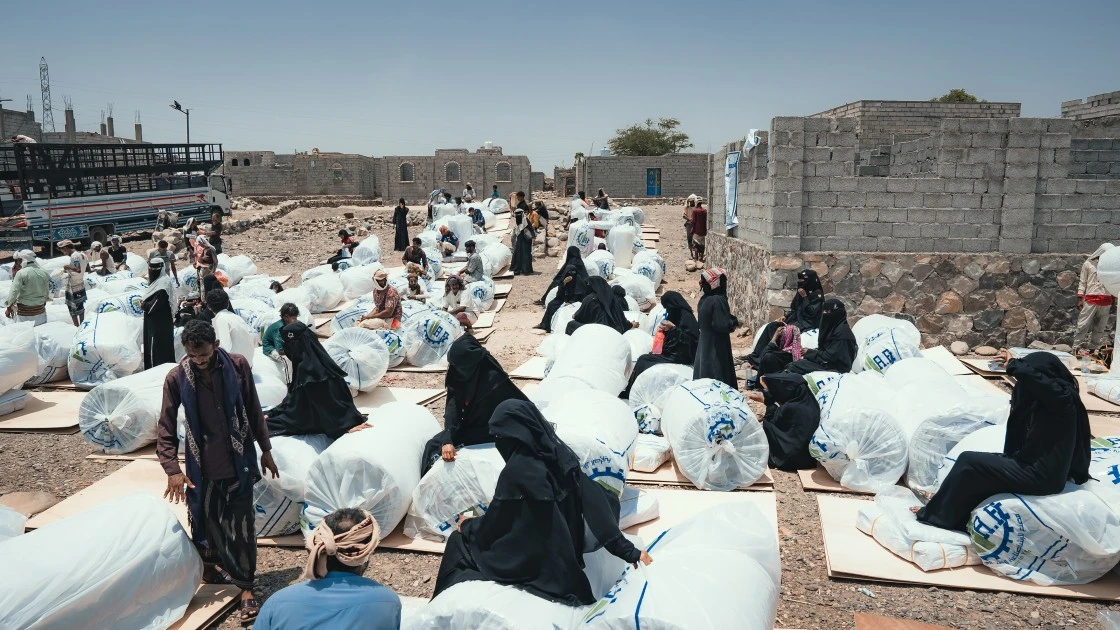
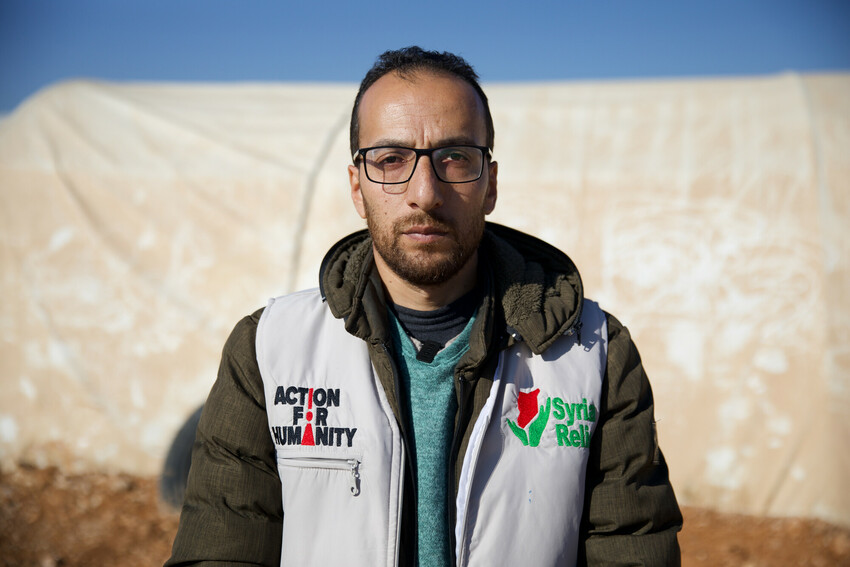
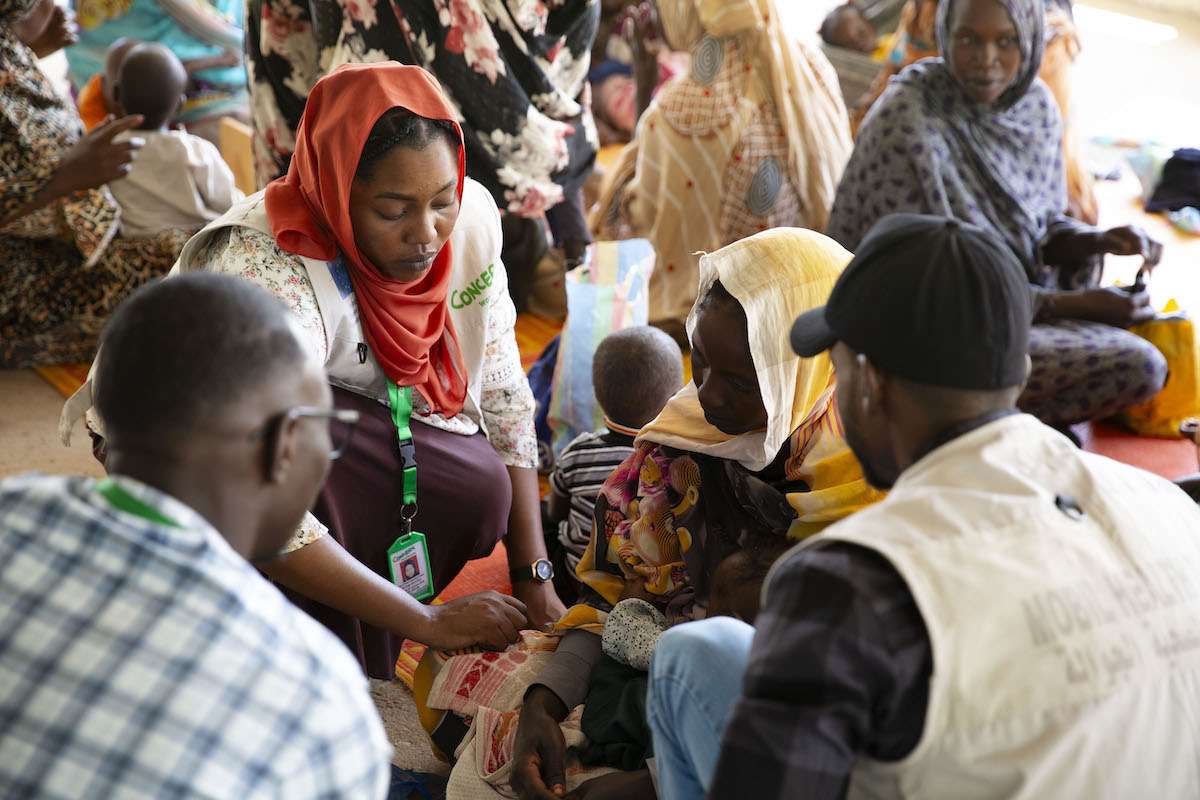
Empowering local communities
Focusing on local communities at the heart of humanitarian crises is also key. International support is critical, particularly between high- and low-income countries (and we all stand to benefit from this support!), and some humanitarian professionals have devoted their entire lives to learning about specific areas of response and support.
However, the last thing we want to do when responding to a crisis is to create dependencies or harm local communities and markets. Older models of aid could involve bringing in supplies when they aren’t needed, or focusing more on recovery than on resilience-building for the long-term.
What we now know in 2025 is that certain emergencies may be unpredictable, but they are, sadly, inevitable. For instance, coastal communities in India and Bangladesh are invariably going to experience floods as monsoon seasons become more impactful. Agrarian communities in Niger or Somalia are likely to face hunger seasons between harvests (especially in drought years), which means cases of child malnutrition are likely to spike at certain times of the year.
The more communities are able to build their own systems of resilience, the more they are able to end an emergency — sometimes even before it starts.
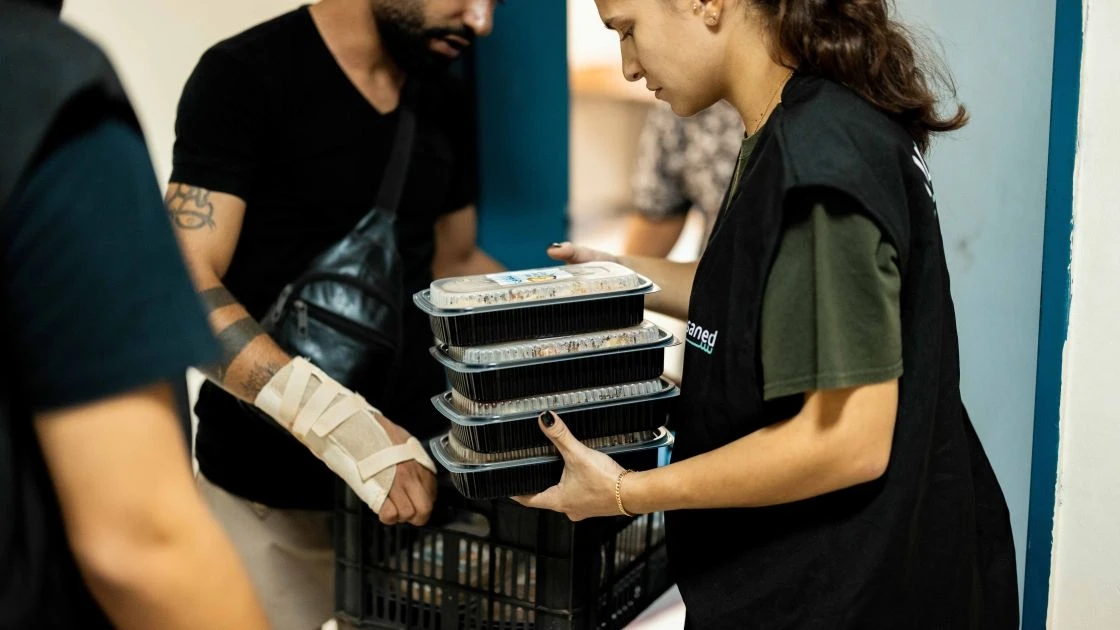
How Concern’s work combines global solidarity and local empowerment
This year’s theme for World Humanitarian Day is core to Concern’s own mission of eventually working ourselves out of a job in each country we enter.
Disaster risk reduction
One key area of our resilience work is disaster risk reduction (DRR), a series of approaches to both natural and man-made disasters that help communities prevent new risks and reduce existing risks. Every $1 invested in DRR can save $15 in recovery costs.
An especially successful example of our DRR work was with Paribartan, a program we ran in India and Pakistan between 2011 and 2016 with communities along the Bay of Bengal. Over five years, we worked with more than 1.2 million people across 204 communities (120 in Bangladesh, 84 in India) to build DRR committees and strengthen systems to better anticipate, prepare for, and respond to natural disasters (particularly floods).
Paribartan was put to the test in 2013, when Cyclone Mahasen made landfall in Bangladesh. The same area had been hit hard in 2009 by Cyclone Aila, which killed over 300 people across India and Bangladesh. In many Paribartan communities, no lives were lost during Mahasen.

Cash transfers
Often, communities have many of the essentials people need after an emergency hits, including hygiene essentials, food, medications, and fuel. The challenge is that many people are unable to afford those goods. Bringing in supplies may give people what they need, but it may also be that they can get what they need (and at a better quality) from local markets.
Giving cash assistance puts the purchasing power back into the recipients’ hands, allowing them to prioritize what they specifically need for themselves and their families. It also supports local businesses, meaning that one emergency doesn’t create a financial knock-on effect for those who have goods to sell, but no one to buy them.
Concern has led the Somali Cash Consortium (with the support of our Alliance2015 partner Acted) since 2018, responding to a series of overlapping crises in Somalia that have displaced millions within the country. In seven years, we’ve provided multipurpose cash assistance to over 3.5 million people.
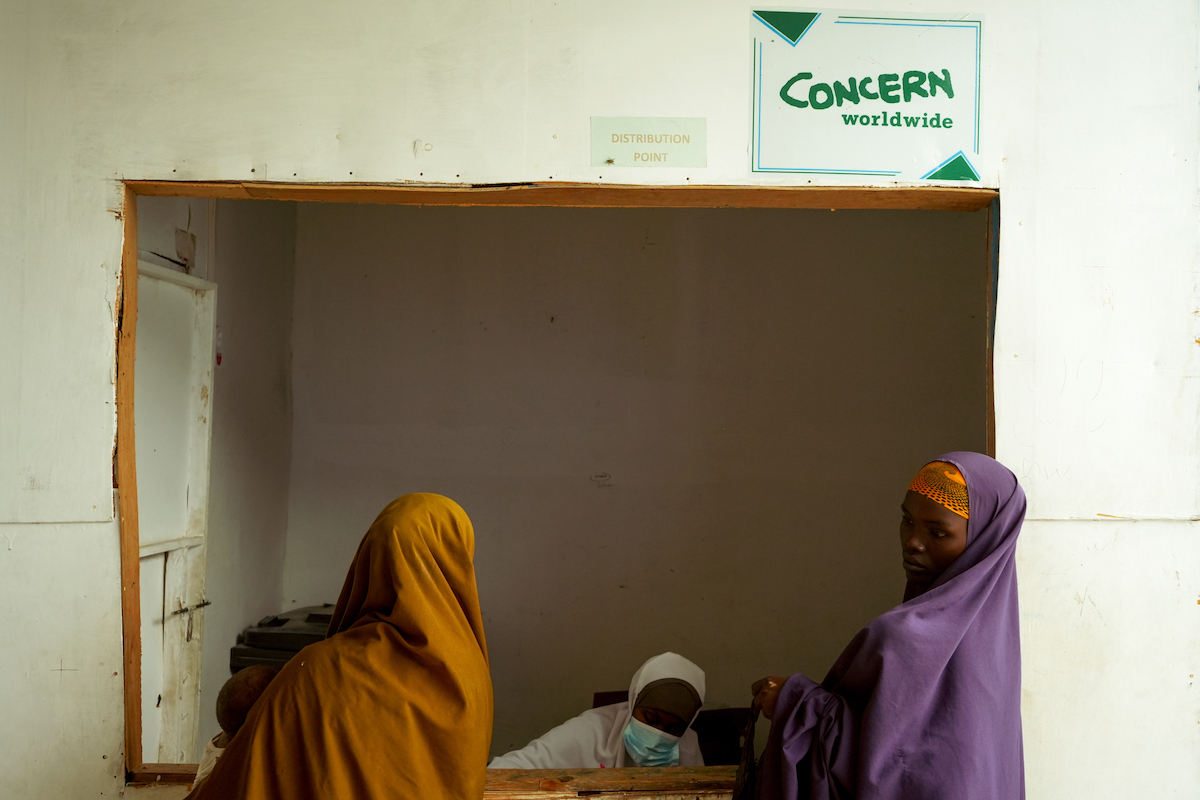
Preventing seasonal emergencies before they start
For 25 years, Concern has led the standard-setting approach to treating hunger, Community Management of Acute Malnutrition (CMAM). CMAM has saved millions of lives during humanitarian crises, but it’s still a reactive program. It responds to hunger crises that are already underway.
That’s where Surge comes in. Originally developed as a way of ending hunger before it starts, the Surge approach has expanded and now covers several health issues — including malnutrition but also outbreaks like malaria, or life-threatening childhood illnesses like diarrhoea or pneumonia. It also strengthens connections and communications between national health ministries, health systems, and individual frontline clinics.
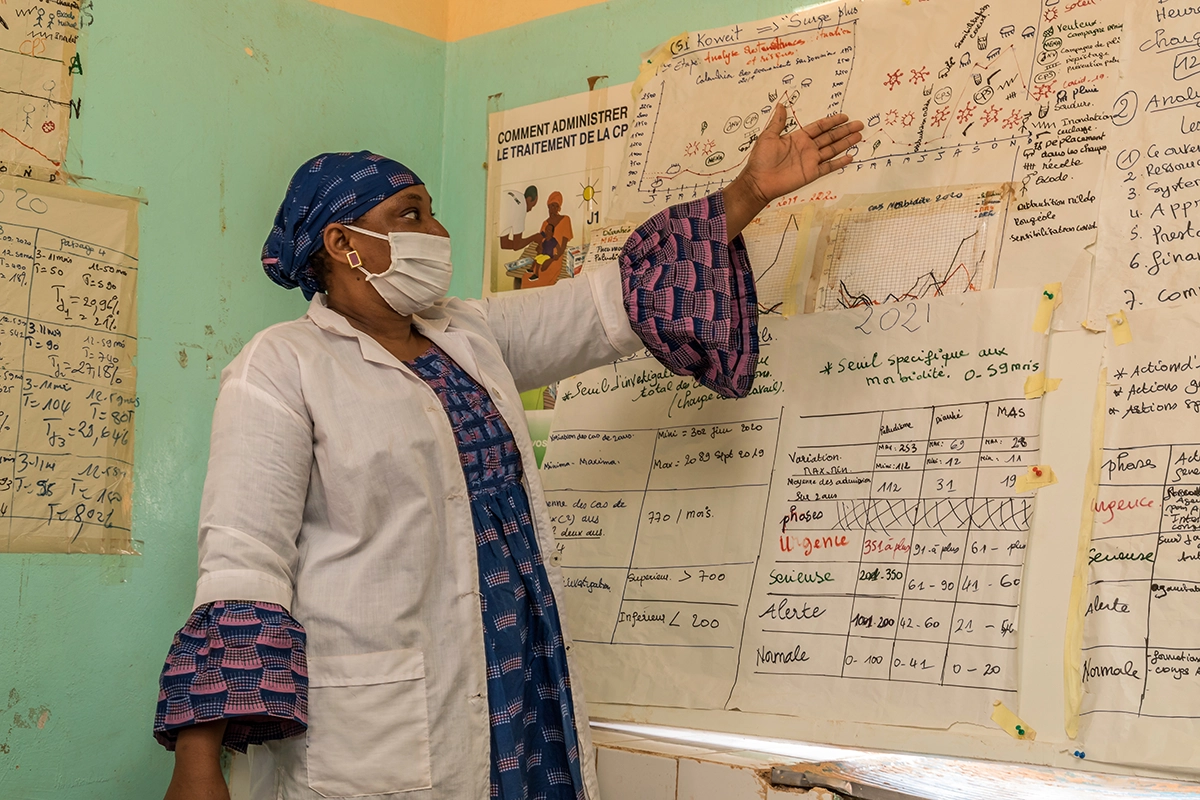
Honoring those we’ve lost
The dedication to humanitarian principles and action has been exemplified at Concern by Valerie Place, a nurse from Dublin who traveled to Somalia with Concern in response to the 1992 famine. She managed a feeding center in Mogadishu, which saved the lives of thousands of children.
Valerie was traveling in a humanitarian convoy back to the city on February 22, 1993 when the convoy was attacked. She became the second western aid worker to be killed in Somalia during the famine. She was 23.
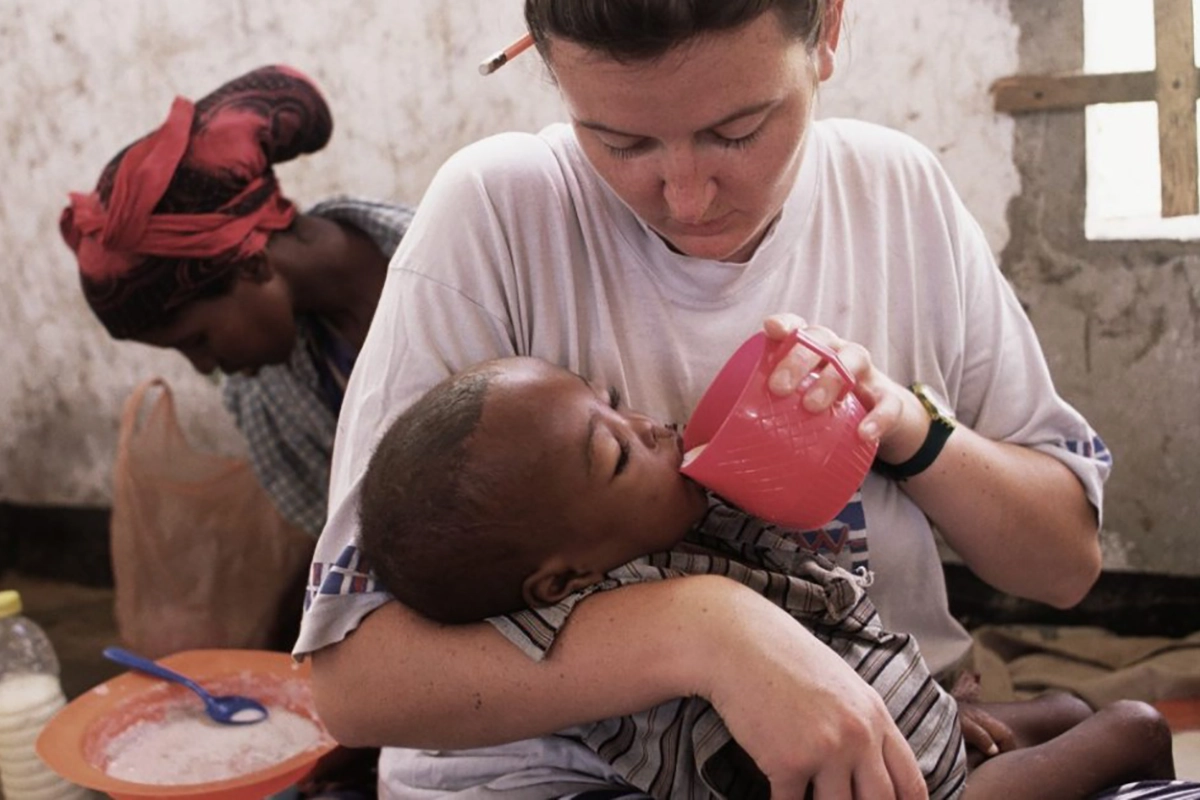
In 2016, Concern’s Dr. Du’ale Mohammed Adam was also killed in Somalia, when a bomb exploded outside of the hotel he had parked in front of. At the time, he was working with Concern to scale up operations amid a growing drought in the country, which was threatening to create another famine. Dr. Adam was 33, and left behind a wife and five children.
Concern’s commitment to safety
“If we wanted to be safe, we would not work where we are working. Insecurity is a consequence of the contexts within which we work,” says Concern Worldwide CEO Dominic Crowley.
Despite this, however, the call to help people in vulnerable situations is too great for our teams to ignore. As such, Concern places the safety and security of its staff among our highest priorities. We invest heavily in comprehensive security training and update plans for each country where we operate. Country teams are frequently in contact with national staff as well as with our headquarters in Dublin. Adds Dominic MacSorley:
“We do not control the situations in which we operate, but we do control who we put into these environments and how we equip them with knowledge and training to work securely.”
At times, this also means suspending work when necessary, such as when conflict in Sudan escalated in April 2023. Concern had 140 Sudanese staff in the country, all of whom were forced to shelter at home or in displacement. Concern was thankfully able to resume work within a matter of weeks thanks to the dedication of its staff.
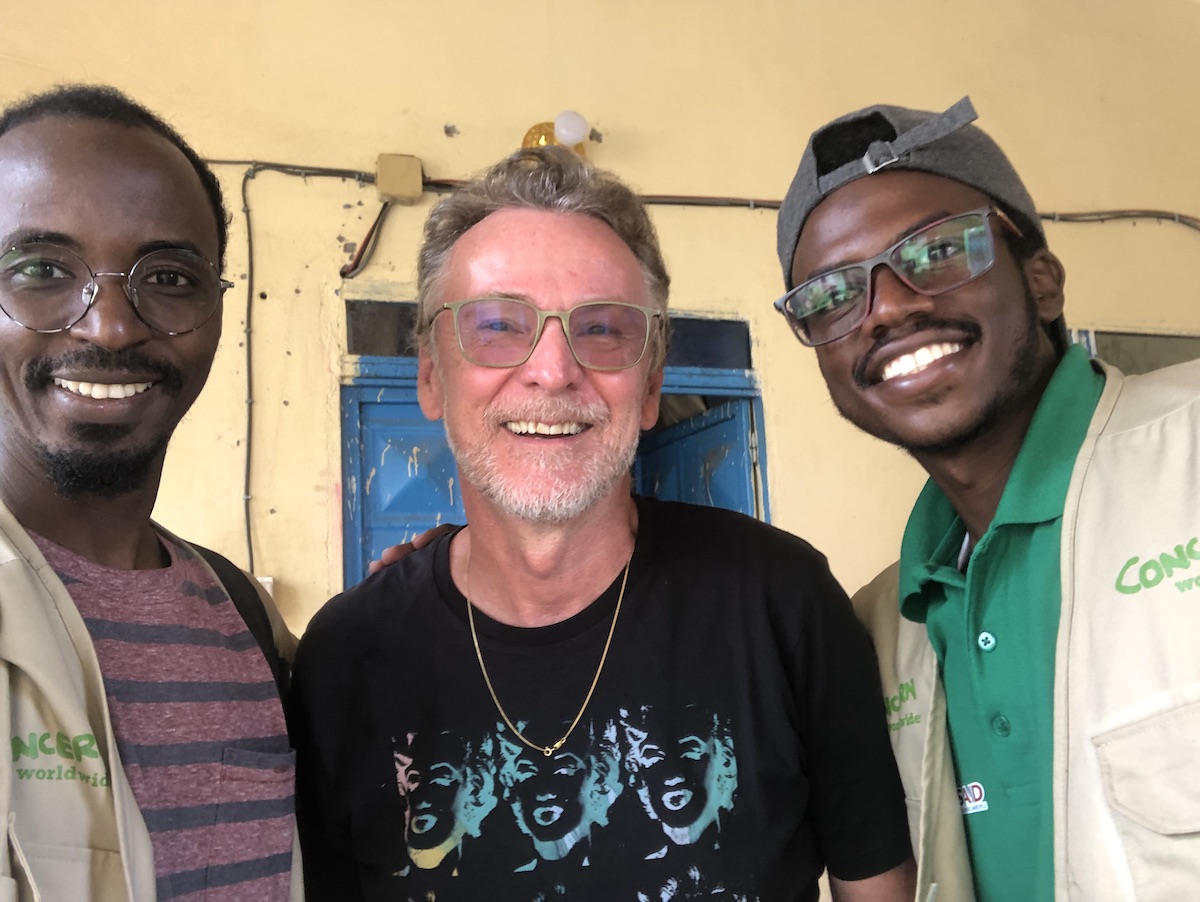
That dedication is at the heart of every humanitarian. In 2017, a bomb was detonated in Kabul and killed over 150. It was so powerful, our country director at the time thought it was an earthquake. “Staff were all on their phones, crying,” she said the day after the blast. “Still, today I woke up and thought, ‘We are here to support the people of Afghanistan’ and got back to work.”
Concern’s humanitarian and emergency response
Emergency response is part of Concern’s DNA. Last year alone, Concern responded to 50 emergencies in 22 countries, reaching 16.8 million people. Not each of these emergencies was a full humanitarian crisis, but many of them represent smaller shocks that set many people further and further behind in the middle of a larger crisis. In each context our goal remains the same: fulfill our humanitarian mandate.
When an emergency strikes, we seek out the most vulnerable and hardest-to-reach communities to meet their immediate needs, and work with them to design innovative, fast and effective responses. We stay with them to help rebuild their lives and to ensure that they are better able to cope with future crises. Your support allows us to do this vital work.

